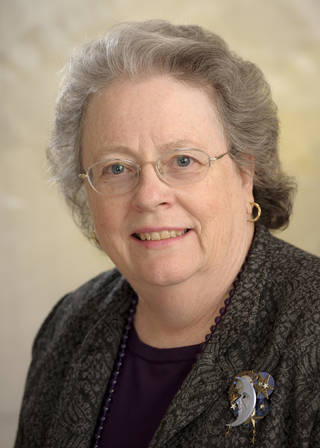Join the Global Star Party

Can you seethe stars at night? Next week, aglobal star party kicks off, and you can join it from wherever you are on theplanet. March 8-21, people all over the world will walk outside and check outthe stars in the constellation, Orion, the hunter. It's a global star partyaimed at assessing lightpollution around the world.
Last year,more than 18,000 people in 96 countries participated. They reported data fromall the continents except Antarctica. If you'd like to see the state of lightpollution on our planet, a global distribution map appears at the "Globe at Night" website [image]. As youmight expect, urban areas worldwide glow brightly at night. We city dwellerssee few stars on a typical evening. The glory of the night sky fades into theglow of city lighting. For most people, the Milky Way is more familiar in thegrocery store candy aisle than in the sky. Living in the San Francisco BayArea, I experience this personally.
The globalstar party aims to both assess light pollution, and to raise awareness of theproblem. Amateur and professional astronomers have long been aware of lightpollution. Both seek dark skies to observe. Unfortunately, such skies arebecoming rare.
Thespectacular discoveries made at Mt. Wilson in the early part of the 20thcentury occurred when LA was a small city surrounded by orange groves. Today,the telescopes there are oflimited use, and have been superseded by newer telescopes in lesslight-polluted areas. Cities such as Tucson, AZ, require outdoor lighting thatemits limited wavelengths and lights the ground (not the sky) in order to protect thesurrounding professional observatories. Tucson's low-pressure sodium streetlighting glows in only a few spectral lines, and therefore can be filtered outat the telescope. Likewise, the City of San Jose uses these same low-pressurestreetlights to help out Lick Observatory. The International Dark Sky Associationoffers advice on the least light-polluting, most efficient methods for nightlighting. There's a good economic argument for low-pressure lights as well:they save money. The lamps are less expensive, and cost less to operate. That'sa nice side benefit for reducing light pollution.
So how canyou participate? There are simple instructions atthe Globe at Night website. You'll find the tools to figure out where on Earthyou are: latitude and longitude. In case you're not familiar with Orion, thereare charts that help you pick out the constellation, and magnitude (stellarbrightness) charts that help you assess the visibility of stars at yourlocation. Once the observing campaign starts, the reporting page will activate,and you can contribute your observations.
Everyone isinvited to participate. Individuals can simply use the online instructions. Forteachers, scout leaders and such, there's a 5-page teaching guide that includesmagnitude charts that can be downloaded and printed to assist young people andfamilies.
Peopleeverywhere are concerned about energy consumption. The first step in changinghow we light the night will come from the evidence of nighttime light pollution.Let's go get the data. I plan to check on Orion next week, and contribute datafrom my light-polluted backyard. I invite you to participate in this virtualstar party, and help the world understand how we are squandering energy toflood the night sky with light. Awareness is the first step toward socialchange.
Breaking space news, the latest updates on rocket launches, skywatching events and more!
- VIDEO: Welcome to the Universe
- Image of the Day: Dark Night, Bright Galaxy
- Spacewatch Friday - Disappearing Stars: How 2,500 Points of Light have Dwindled to 15
- Czech Republic Enacts World's First National Light Pollution Law
- Dark Sky Movement: Fighting to Save Our View of Heaven
- ZOOM View: Get up close with the Orion Nebula
- DOWNLOAD: Welcome to Astronomy: A Guide to Getting Started (PDF)
- Constellation Pronunciation Guide
- All About Stars

Edna DeVore is a science and astronomy educator and the former Director of Education and Public Outreach for the SETI Institute. She earned an undergraduate degree from the University of Pacific followed by a master's degree in instructional technology from San Jose State and a master's in astronomy from the University of Arizona. In 1992, Edna joined the SETI Institute, where she wrote features on space exploration, astrobiology and more, some of which appeared on Space.com. She was among the first principal investigators to propose projects to NASA's Office of Space Science and receive funding for educational programs. Edna went on to work on education and public outreach for NASA's Kepler space telescope and SOFIA flying telescope missions. Edna received numerous awards during her tenure at SETI, including NASA Honor Awards for her work on Kepler and SOFIA, and Aerospace Awareness Award for Women in Aerospace in 2005. Edna retired in 2013.
